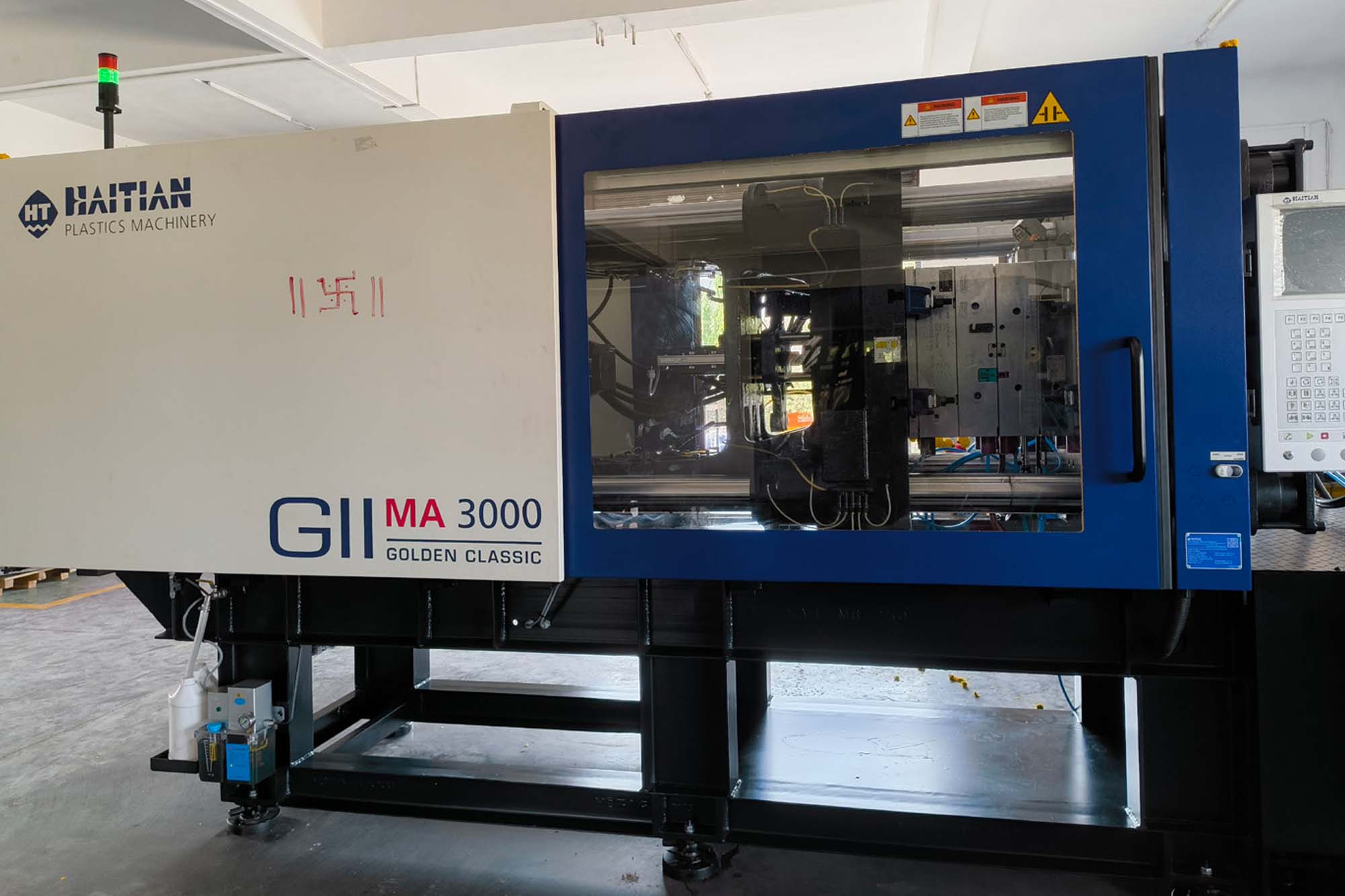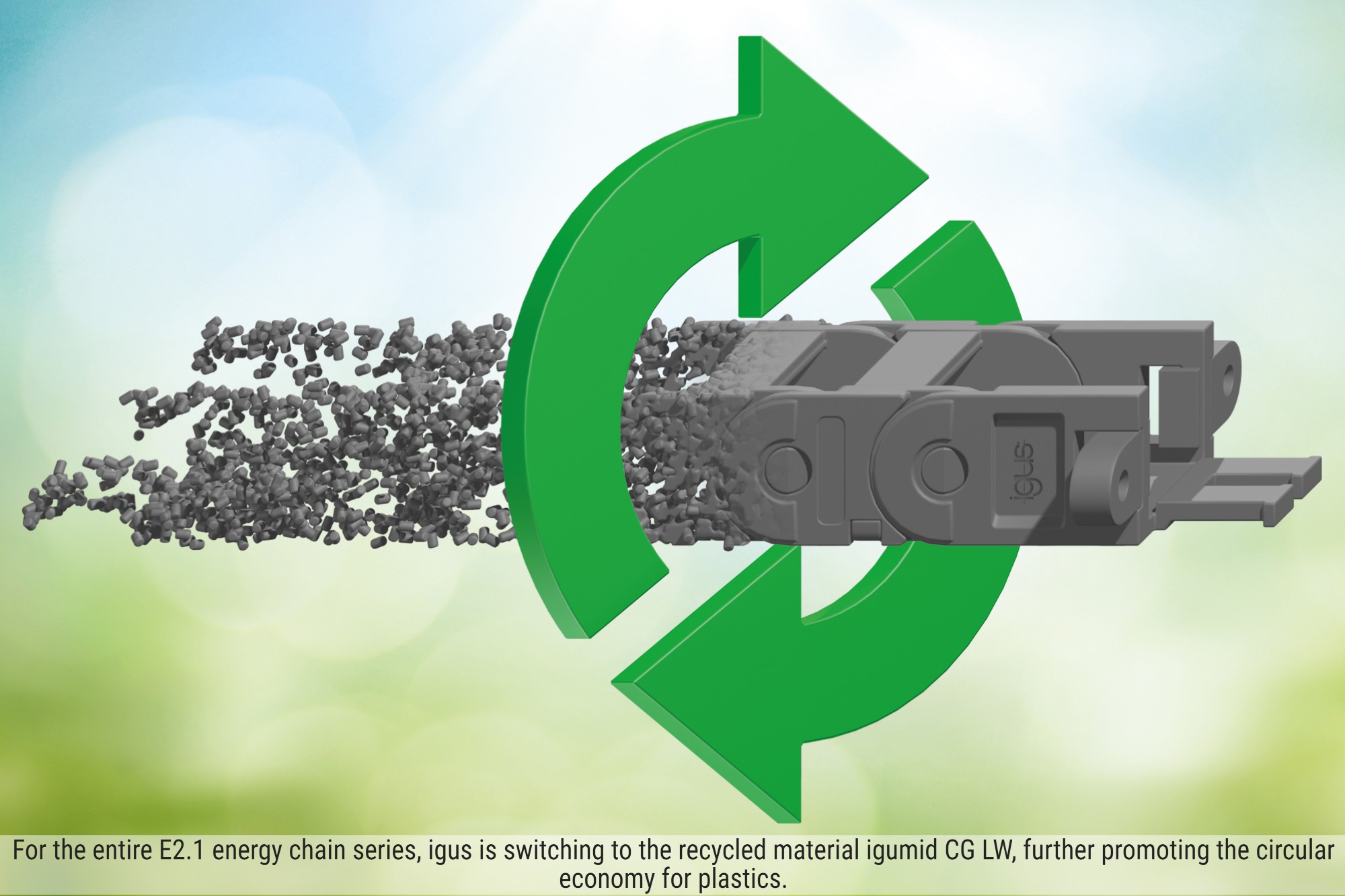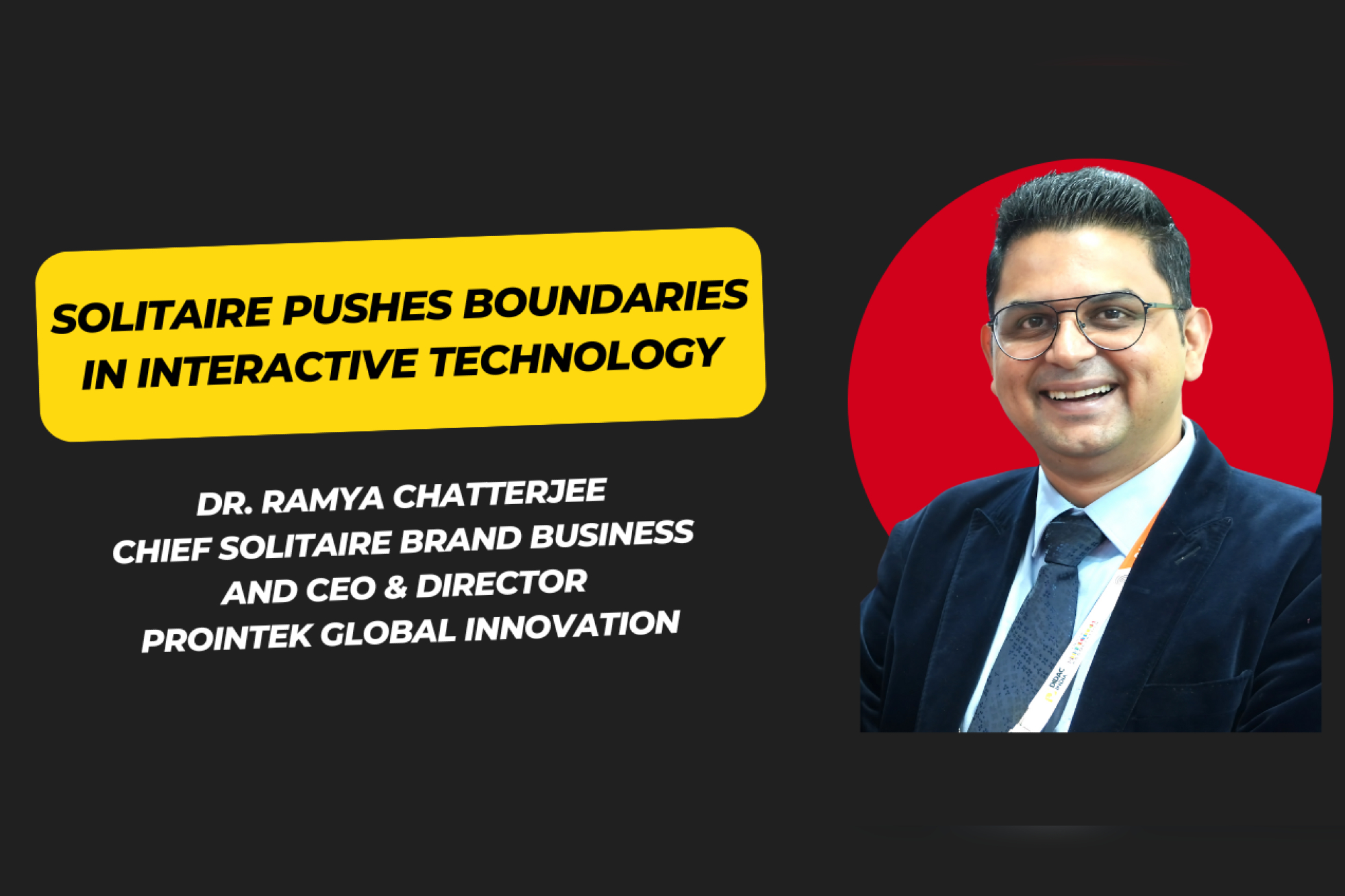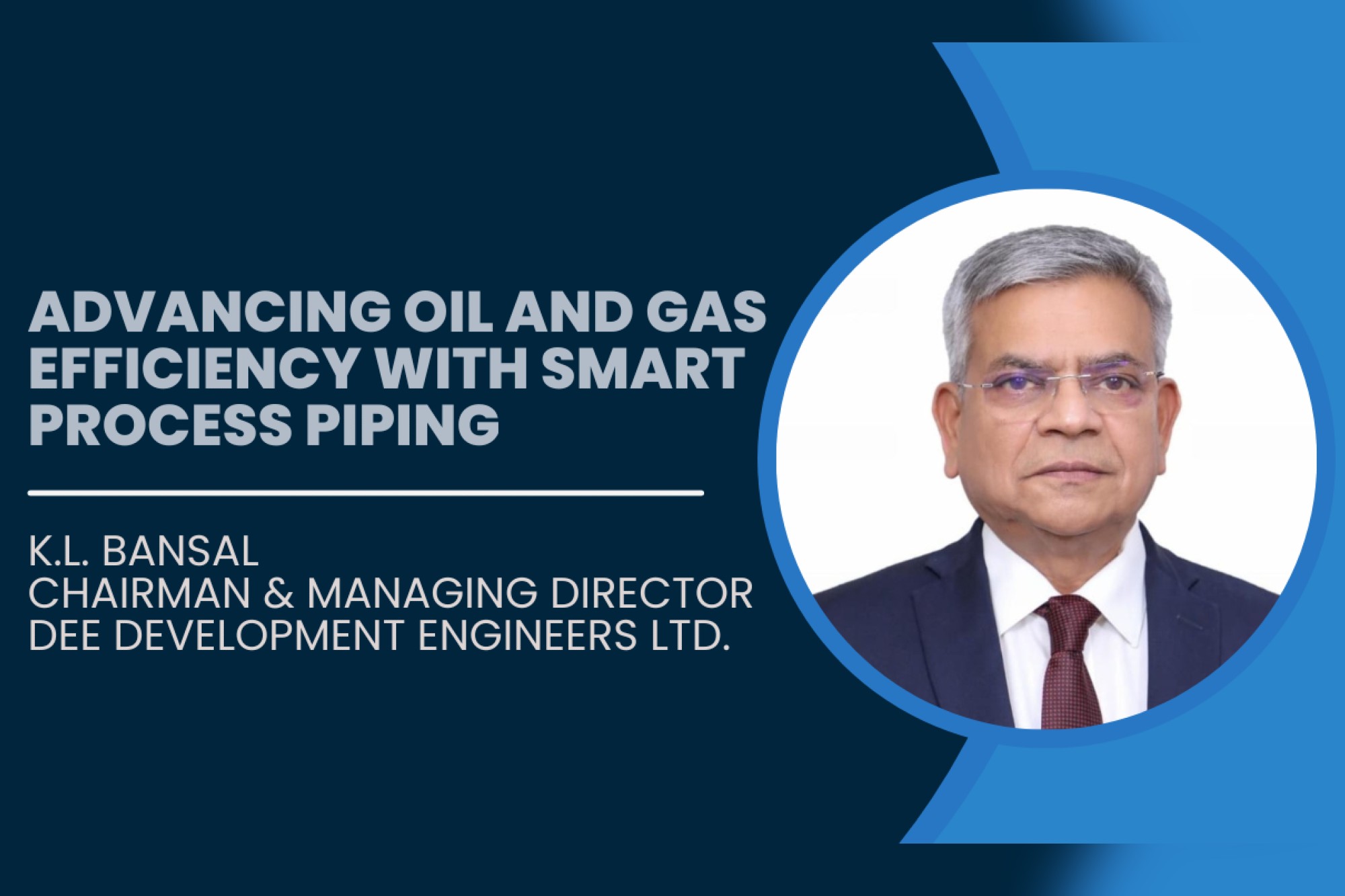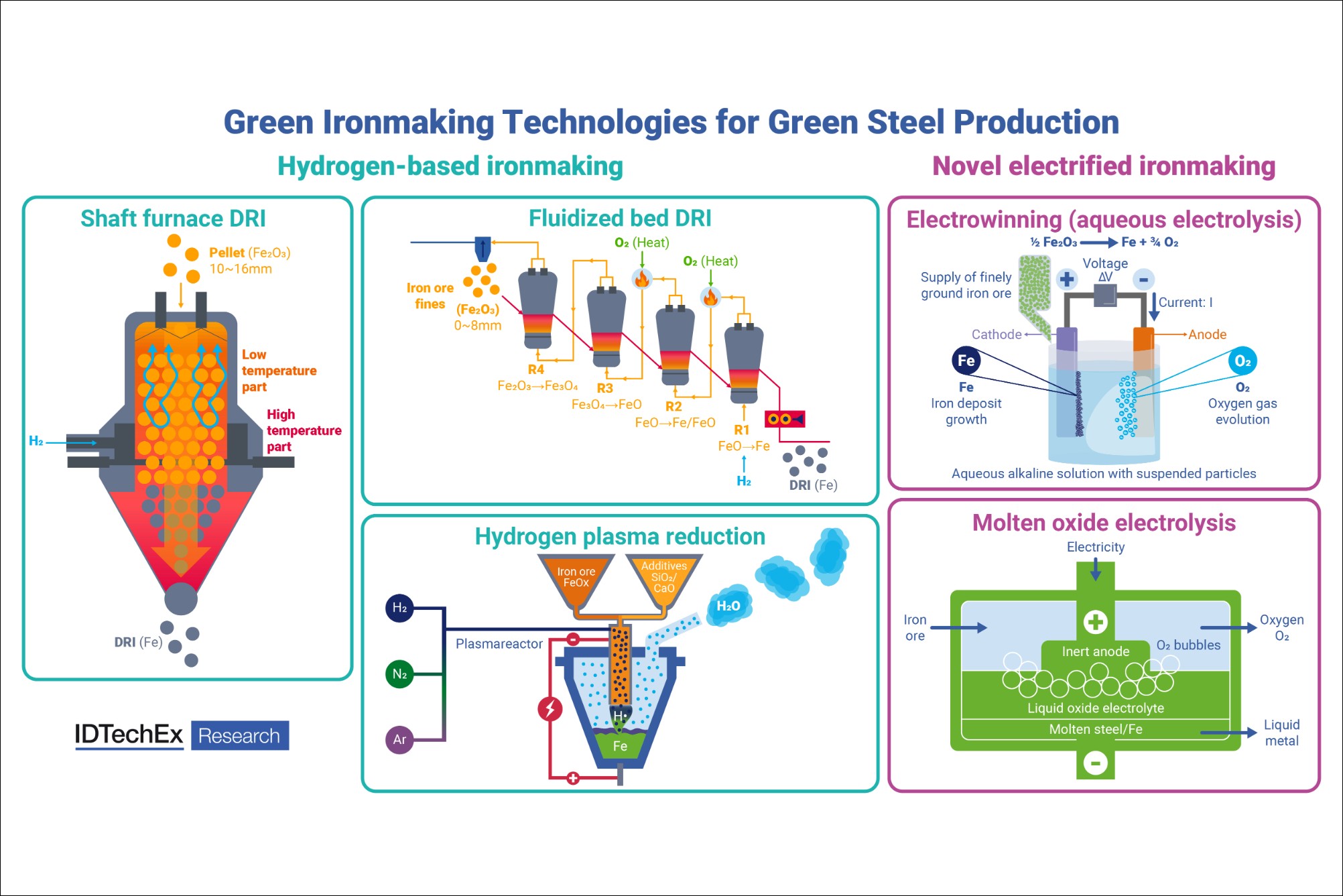Dimensional control in shipbuilding with 3D measurement technology
By admin November 25, 2015 5:31 pm IST
In shipbuilding, what used to be a straightforward process of nailing planks to a wooden frame has evolved to become a sophisticated process that involves precise engineering and assembly of hundreds of different parts in a specific configuration
The foundation of successful shipbuilding lies in accurate arrangement of parts, and all components used must be verified against design specifications to ensure a proper fit. A typical ship is made up of many structural elements and consists of more than a hundred different components. The seamless installation and assembly of all components is critical. In order to achieve this, it is necessary for the shipbuilders to keep the measurements, shapes, and positions of each component to exact specification in accordance with the ship’s design. Any deviation in dimensions can cause problems during the assembly process, impacting the overall quality and performance of the ship, and compromising on its sea worthiness. In cases of minor misalignment, reworks and repairs are usually possible, although this will require manufacturers to invest additional resources into correcting the problem. This, in turn, leads to increased labour cost, time, production downtime, and even loss of business.
Apart from the potential loss of productivity due to problems with misaligned components, deviations in measurements during shipbuilding can lead to more serious consequences. A major component of a ship’s structure is in its hull, which is the main contributing factor in maintaining buoyancy. If the misalignment is not detected in time, before a ship is allowed to set sail, issues with stability, hull stress, and other possible damages may occur. In serious instances, flooding may occur during the voyage, which could lead to disrupted journeys, damaged goods (in the case of cargo ships), or a maritime disaster with casualties.
For the above reasons, it is evident that dimensional control is an important aspect of modern shipbuilding.
Modern metrology solutionsA common challenge shipbuilders face in the course of their work lies in having to take measurements of the ship components. The sizes of these components are usually large and that makes it hard to measure them properly with traditional instruments and hand tools (e.g. gauges, micrometers, and calipers).With these tools, there are concerns with the consistency and reliability of the measurements, as the readings are obtained manually and are largely dependent on the technician’s experience and skill. The subsequent report generation also requires a tremendous amount of time and effort to prepare, given that measurements still need to be analysed and processed manually before the reports can be drafted.
With the advancement of technology and development of modern measurement techniques, large part measurement that used to be challenging can now be overcome with portable 3D measurement and documentation solutions like laser trackers and laser scanners. These sophisticated devices provide a fast and accurate way to inspect ship parts and components during boat construction, allowing users to install components directly and accurately on to the ship. The solutions also enable users to digitise hulls and capture as-built documentation to enable repair or restoration.
This next segment consists a brief illustration of how these solutions work.
Non-contact 3D laser scanner solutions3D laser scanners are designed to acquire large volumes of data at high speeds, creating high-fidelity virtual copies of reality in millimetre-accuracy in a few minutes. Users who require a non-contact form of measurement — when an object of interest cannot be touched during measurement — will also find laser scanners useful. Some instances include objects at extreme temperatures, objects of extreme plasticity or malleability, or objects of large scale with hard-to-reach areas (i.e. steel plates and structural components in ship hulls). This makes laser scanners particularly useful for 3D documentation purposes, and the raw data collected can be rendered into 3D models with the use of appropriate software.
Current models of 3D laser scanners offer long range scanning capabilities, high resolution coloured images, and precise measurements all rolled into one. Some may offer ergonomic designs, portability, wireless connectivity, better workflow, or ease of use. One such laser scanner that combines all these benefits into a small, compact ‘package’ for users is the FARO Laser Scanner Focus 3D.
Fundamentally, the Focus3D makes use of phase shift measurement technology to measure distance. The scanner projects a beam of infrared light of varying lengths, which is reflected back to the device upon contact with an object. Using the distance measurements and the device’s rotational angle data from its angle encoders, the device calculates the object’s Cartesian coordinates in space.
Laser tracker solutionsThe laser tracker is one of the most common portable coordinate measurement machines (CMM) devices available today that allow operators to measure the physical geometrical characteristics of an object with ease and accuracy. Designed to handle larger working volumes, laser trackers like the FARO Laser Tracker Vantage offer extremely accurate measurements over long ranges. It does so by sending a laser beam to a retro-reflective target, which has to be held against the object being measured. The return beam re-enters the laser tracker where the distance to the target can be determined using interferometry or phase shift analysis (also known as Absolute Distance Meter [ADM]). Using the two angle (horizontal and vertical) measurements and distance determined by the laser, the laser tracker can report the coordinate location of the target probe to extremely high accuracy levels. In a nutshell, a laser tracker establishes the precise location of a target in spherical space by measuring two angles and a distance, each time it takes a measurement.
In addition, the laser tracker can follow or track the target probe as it moves in real time. This unique feature, coupled with the laser tracker’s ability to internally sampling rate of up to 16,000 times per second, enables the user to digitise data on complex surfaces or measure the location of moving objects. Modern laser trackers offer impressive measurement ranges and accuracies that provide operators with more versatility and better results. For instance, the FARO Vantage’s radial distance measuring range is 80 m, and at that range, it captures data at typical accuracies of up to 39 microns (0.039 mm).
Essentially, modern metrology offers shipbuilders the possibility to minimise human error and to achieve repeatable measurements with tighter tolerances in a much shorter time. These solutions also come with the added versatility of being portable. The operator can deploy them easily right where the need is, providing in-situ measurements even in inaccessible or inconvenient environments.
Cookie Consent
We use cookies to personalize your experience. By continuing to visit this website you agree to our Terms & Conditions, Privacy Policy and Cookie Policy.








